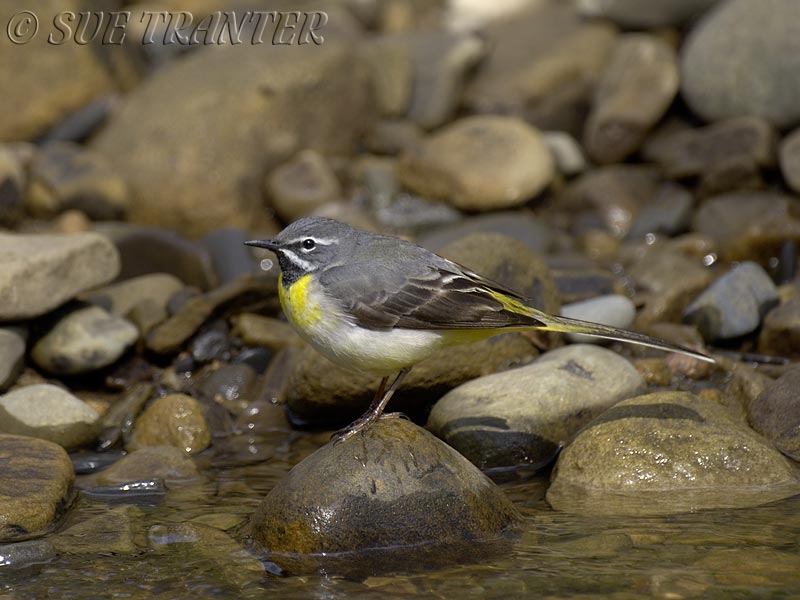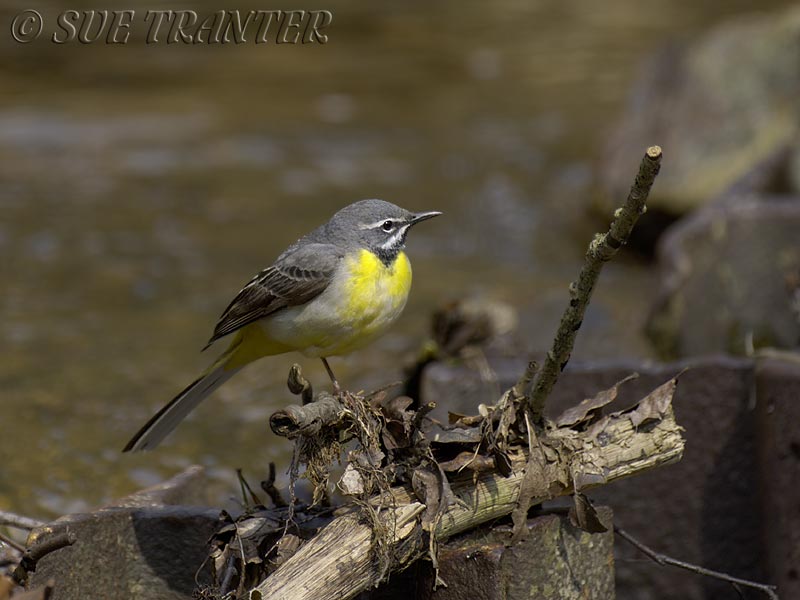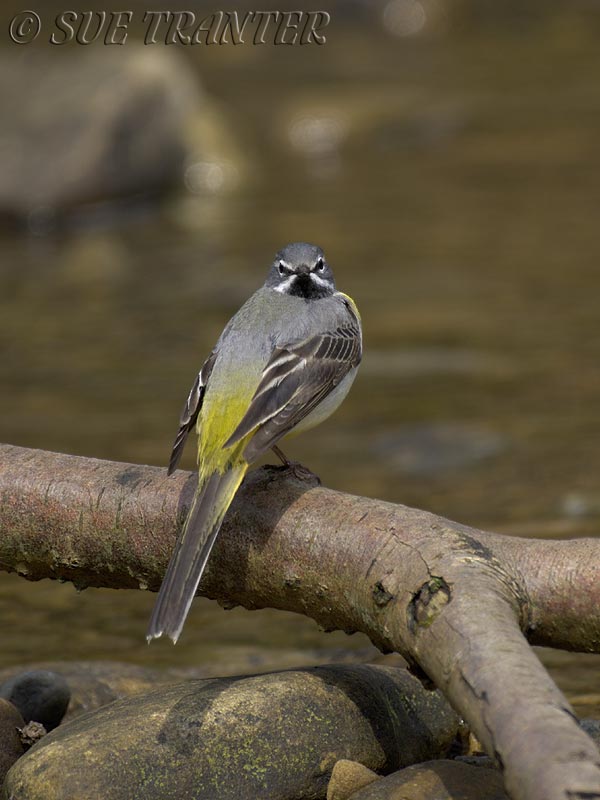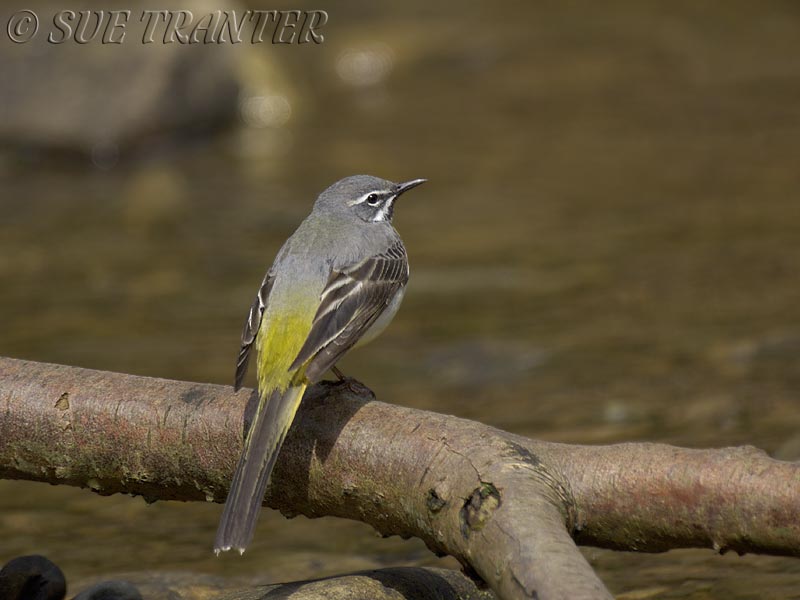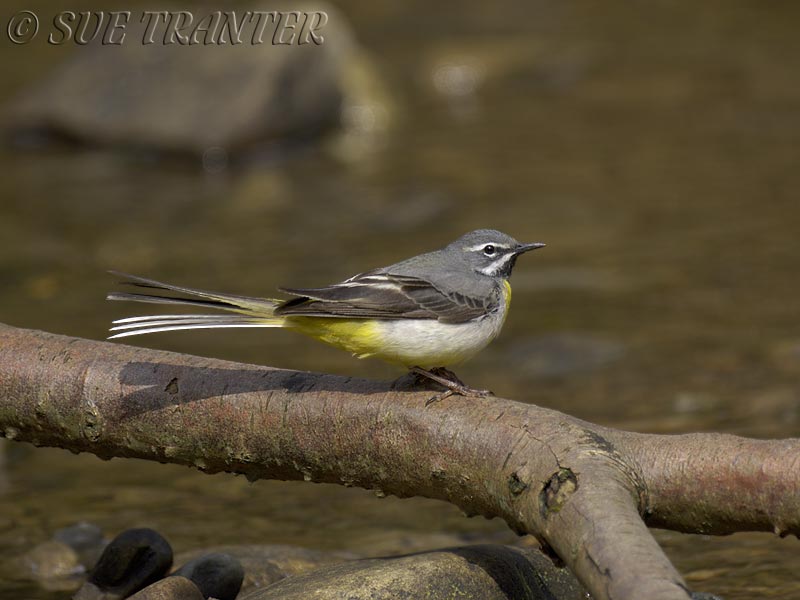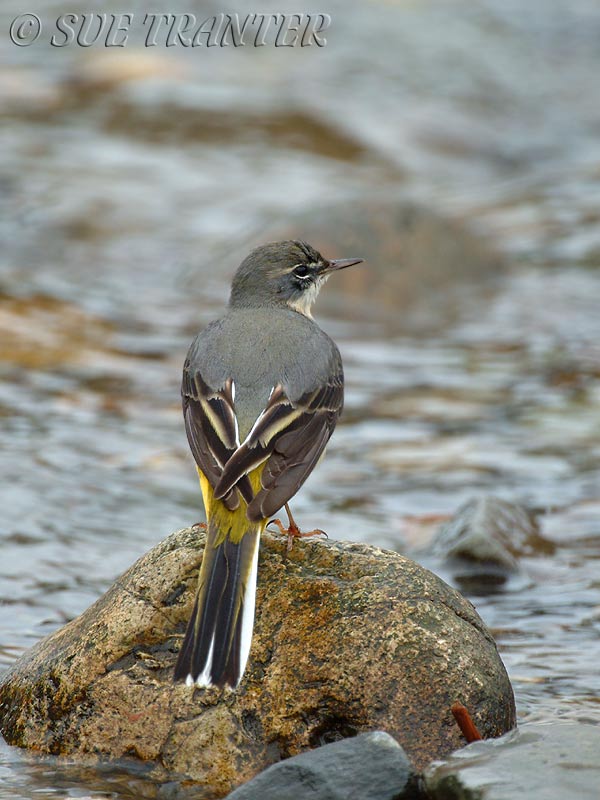Back To


Back To



What Does The Grey Wagtail look Like ?
Has alonger tail than its relation The Yellow wagtail .The grey wagtail is more colourful than its name suggests with slate grey upper parts and distinctive lemon yellow under-tail. It has a black patch on the throat. Its tail is noticeably longer than those of pied and yellow wagtails. They have gradually increased range in the past 150 years and in the UK have expanded into the English lowlands from the northern and western uplands. Badly effected by harsh winters, and because of recent moderate declines it is an Amber List species Flies in an undulatng fashion over open water
How Big Is It
Aprox 18 cm , weighing 18 g
Where does it live?
Stream and rivers in mounatins and Lowlands
Breeding
Summer habitat - fresh flowing water (river and streams) neighbouring woodland or scrub and waterside shingle or rocks.Structures such as bridge supports and canal-side masonry provide ideal substitutes for the latter.
Wintering
They move out of upland areas to more lowland rivers and streams. Sewage treatment centres, farmyards, rivers and canals and lakes likely places. Increasingly they are seen in suburban and urban settings, sometimes around ponds or searching for insects in damp gutters.When does it Breed ?
Aril to July , 4 - 6 eggs, Incubation 12 - 14 days , young fledging at 12 to 13 days, Double Brooded Nest in holes.
Where to see it
Found over most of the UK, with the exception of the Northern and western isles of Scotland. Likes fast flowing rivers in summer their greatest densities are in the hills of England, Scotland and Wales. In winter they can be seen around farmyards and lowland streams, even in city centres. Scarce in central and eastern England in summer and from upland areas in winter.
What Does it sound like ?
Click here to here the Grey Wagtail
What does it eat?
Insects.
